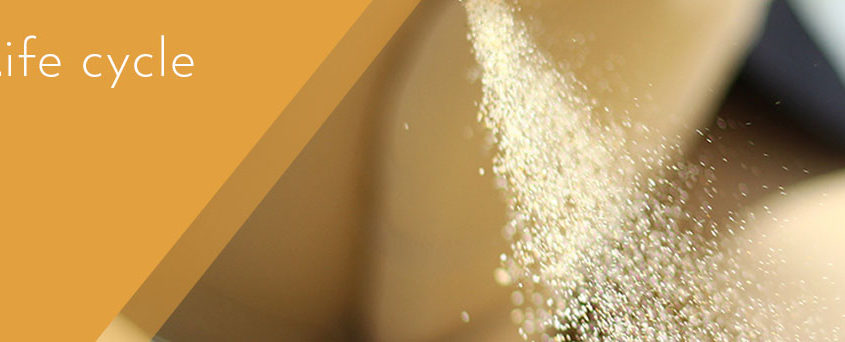Classification of reaction to fire of glass products
Classification of reaction to fire of glass products Recommendation from Glass for Europe Glass for use in buildings and construction works shall declare a reaction to fire performance in their declaration of performance (DoP) established according to Regulation (EU) 305/2011 (Construction Product Regulation). The declaration of a reaction to fire performance depends on the type
Read More...








